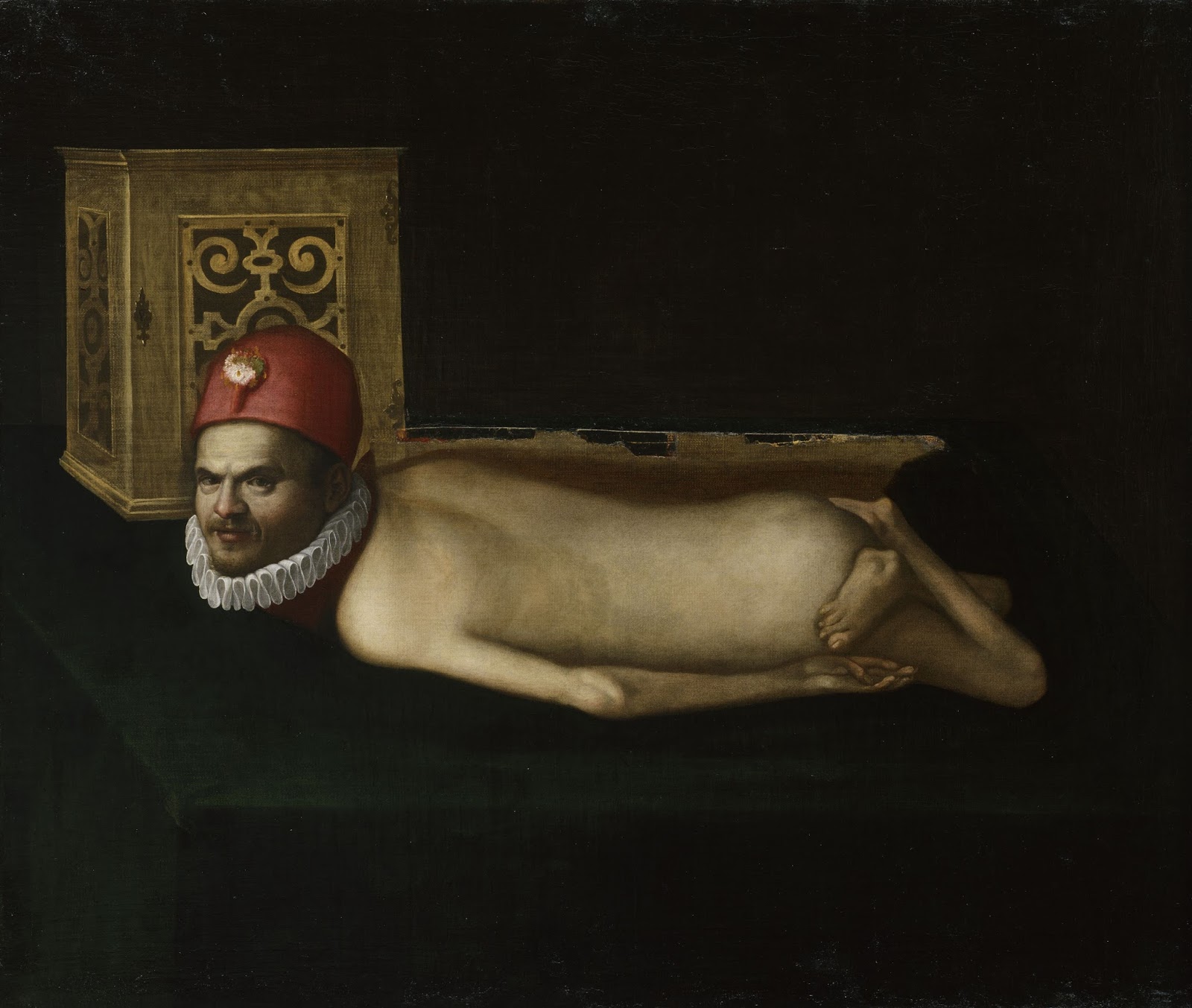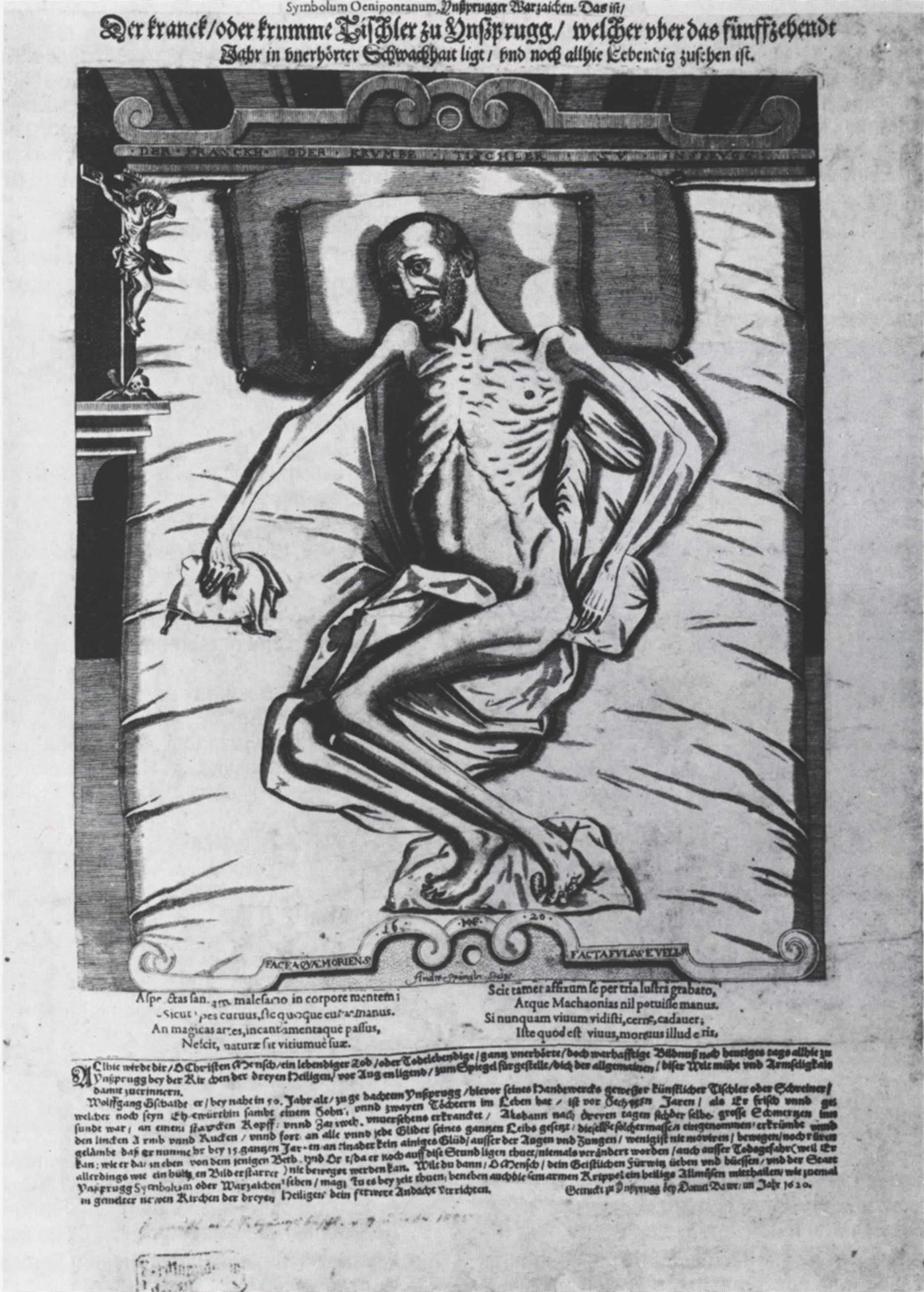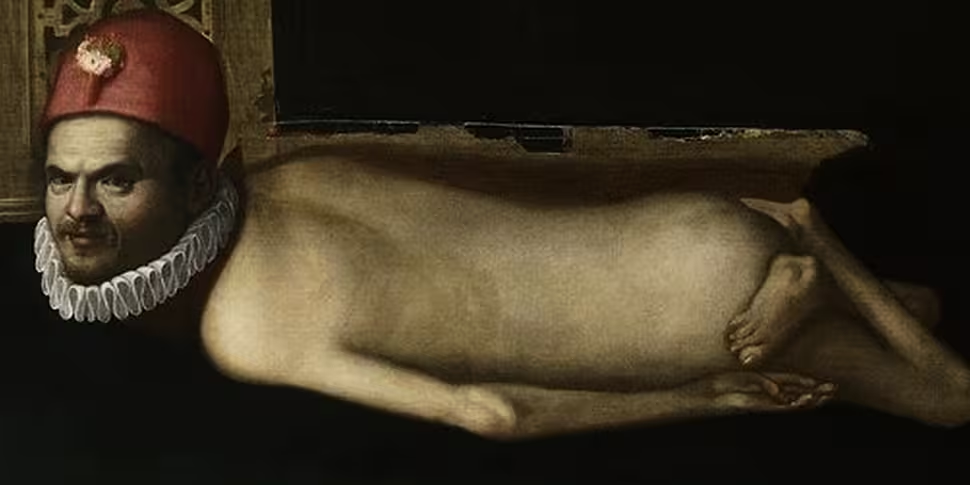Naked disabled people; you don’t often see them. Back in the day I saw a group of friends pay homage to the Chippendales in a cabaret. Given that 'h' and 'r' are so easily confused, you can guess what they called themselves.
There was method in their madness. Their audience were other disabled people so there was some proselytising going on. Taking pride in our bodies will give us confidence. Expressing pride in ourselves and who we are can offer others the chance to gain confidence in themselves.
Think of the last film you saw which may have had any kind of disability. How did they make you feel? Were they your equal? Did you feel pity for them? Were they central to the plot?
My guess is that whatever way the physical manifestation of the disability was portrayed, it was reflected in the moral character of the person on-screen. If he or she had a limp, I suspect they were often ‘evil’ or baddies.
There are a whole raft of characters I could list off, and it goes across many art forms. Like most things, people in the know say Charles Dickens can be blamed for all of this, because Tiny Tim is where it all starts.
There is something in this but, then again, all you Shakespeare buffs will be screaming 'fool' at me. That again is true. The wise fool obviously had some form of disability, while King Lear only saw the folly of his decision when he faced his own madness.
Shakespeare was writing in the 16th and 17th century; the time of the Renaissance. Apart from the series of dwarf paintings by Velázquez, I hadn’t come across any paintings of or by disabled people from the Renaissance period. That was until last night.
As I was surfing my Facebook timeline, I came across a post about this painting

It has the simple title: Portrait of a Disabled Man. We don’t know his name, but we do know where he may have been from.
The painting is part of the Chamber of Art and Curiosities at Ambras Castle, near Innsbruck in Austria. If you're not au fait with 16th century power politics, every wannabe prince had such a gallery in his palace. In this case, the prince was called Fredrick and he was part of the Habsburg dynasty.
The painting was unknown until an art expert who was also disabled came across it. This led to a project between a group of academics and a group of disabled people.
There is a film describing the process on YouTube, with a very basic translation that can be hard to follow. It also contains audio description for viewers with visual impairment. Again, the tone can be a bit monotonous.
One of the themes the film raises is the question of 'gazing'. Are we right to gaze on the painting? Is the subject asking us to look closely at him? To see him as a human being?
It was interesting to note that the disabled women in the group focused on how the gaze was important for them. They often thought that people who gazed at them saw them as asexual beings.
As the project went on, the group found two more pictures of disabled subjects. There seemed to be more information about these people. One was a woman who seemed to have a learning disability, but the strange thing is that her dress showed her to be part of the court where Frederick grew up.
Unfortunately, the quality of translation made it hard to figure out her whole story. Was she a witch? That wouldn’t surprise me. Women with disabilities were burnt for witchcraft at that time.
We do know a bit more about the third person. He has a name – Wolfgang Gschaidter. He was a carpenter who seems to have died of the plague just when it was coming to an end, so poor Wolfgang isn’t at his best in the portrait.

The poor man was treated in the hospital right across the road from the church where he was laid out, at the front door! It seems Wolfgang was some sort of ‘poster boy’ for the church, a figure of charity. The image could be saying 'give the church lots of cash and we'll keep the Wolfgang's out of your sight' Could he be one of the earliest examples of telethon driven images of disabled people? Some of the disabled members of the working group certainly made that link.
While the portrait of the disabled man has an inner strength to it, the image of Wolfgang seems easier for society to take on board. It seems we still find it easier to observe the passive, naked image rather than the rogue in the hat that is the disabled figure.
That’s naked disabled people for you...









